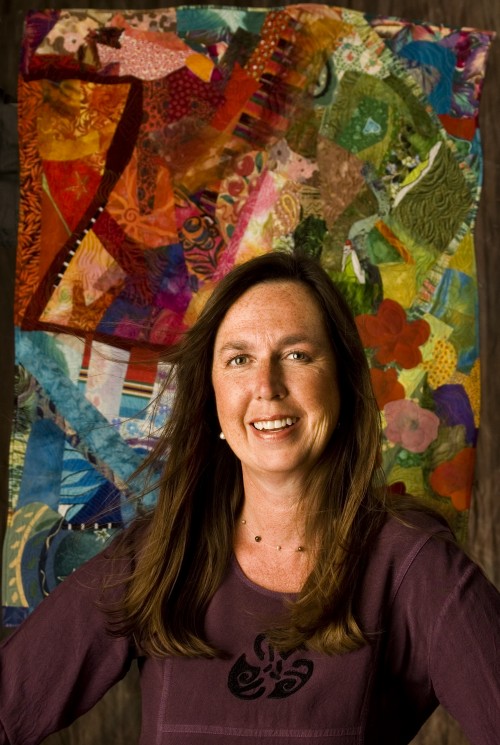Last weekend my 18-year-old niece, Taylor, came to visit. She’s graduating next spring and looking at colleges. Though I’ve known her all her life, I didn’t feel like I really knew her. I was afraid it would be awkward, but instead, her visit became a sweet opportunity to get to know her.
Taylor is a photographer. Her high school offers photography classes, including darkroom training. Over the past two years, she’s discovered that she loves the printing process, the smell of the chemicals, the magic of making images come to life on paper. She says, “How can you understand photography without knowing about printing?” But to her, darkroom work is not just an historical process; it’s a vital part of photography for her.
That could change, but I still liked hearing her opinionated commentary about it.
After I picked her up at the airport, we parked downtown and walked south on Beaver Street. She said, “Macy’s! I have a T-shirt from there!” We continue walking over to Hidden Light, a local print lab that still prints photographs using darkroom processes.
At Hidden Light, Corey Allen showed us what he’s been working on: a series of palladium prints of old baseball heroes. He coats the papers himself by hand and makes the prints using contact negatives. The resulting prints are crisp, but also warm and rich and deep. As he explained the process and showed us around the lab, it was clear that he’s passionate about what he does. (Hidden Light is one of only about a half-dozen labs in the U.S. that still make platinum palladium prints.)
Steve Saunders showed us the black-and-white prints he’s making of historic buildings. Those prints, made for a client, will be filed with the Library of Congress, where they still require submissions of actual photographs for the archives. He discussed the merits of prints on fiber paper with Taylor. He talks to her like a colleague, not an underling.
Then Steve remembered that I called in the morning to see where we could buy black and white film. Did we ever find any? He just happens to have some rolls of Tri-X that someone gave him, which he gave to Taylor. I can see that she’s thrilled to have it, and to have the opportunity to talk with professionals who are kind and interested in her story.
We walked back to Macy’s to get coffee. She left me there and walked around the neighborhood. She sat on the steps at the old Dragon’s Plunder shop and talked to a homeless man, taking his picture with her film camera. He tells her they’ll probably never see each other again. “Probably not,” she says. “Would you like my phone number?” he asks her. “No, thank you,” she replies.
She’s friendly and polite, without fail, but also curious and confident.
Friday morning, she took a tour at NAU, falling in love with the campus and especially with the new Communication building.
At First Friday Art Walk, we spent the evening visiting galleries that feature photography: Echo Canyon Art, Flagstaff Photography Center and Shane Knight Gallery. We introduced her to a bunch of our friends. She was poised and engaged.
The next morning, we stopped by the Coconino Center for the Arts, where they’re previewing rugs that will be sold at the Navajo rug auction later that afternoon. Taylor took more photos, including one of a big man with a biker rag covering his head. He is wearing a big, black leather jacket that says “Vietnam Veteran” on the back and barely talks to anyone, just looks over the rugs.
She is fearless and smart.
Sunday morning we drive up to Grand Canyon where we hike down the Kaibab Trail to Skeleton Point. Taylor takes about a thousand more photos, both film and digital, and talks animatedly to people we meet on the trail. After a four-hour hike, we arrive back at the rim. On the drive home to Flagstaff, Taylor falls sound asleep in the back seat.
That afternoon, while we’re waiting for her flight to leave, her mom calls to make sure she’s really coming home. “I thought you might not be,” she says. Taylor’s going home, but I can tell: she’ll be back.

